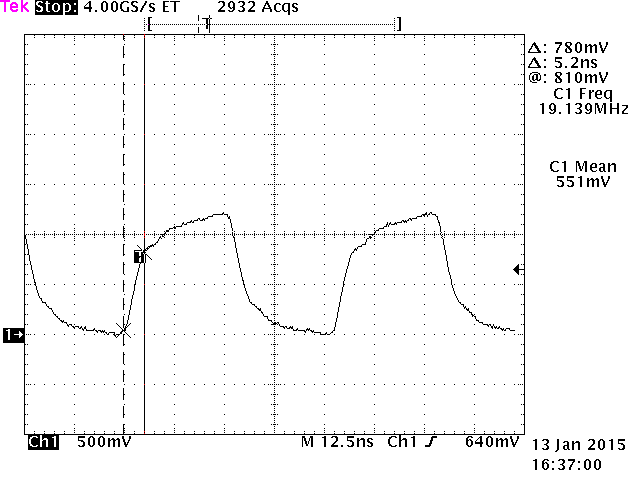The previous generation of products at my company use an MSP430F149 with a 1Vp-p clipped sine wave TCXO connected directly to the XT2 input. We have tried the same thing with the MSP430F5529 and it appears to be working when the XT2 input set enabled to expect and external crystal (not in bypass mode). Is it acceptable to drive the XT2 input in this way with a 1 Vp-p clipped sine wave input? Does it need to be AC-coupled or is there internal AC coupling? It appears to be working on the first prototype unit but I'm concerned that it may not meet spec and won't operate correctly in production or the field.
Thanks!
Charlie


